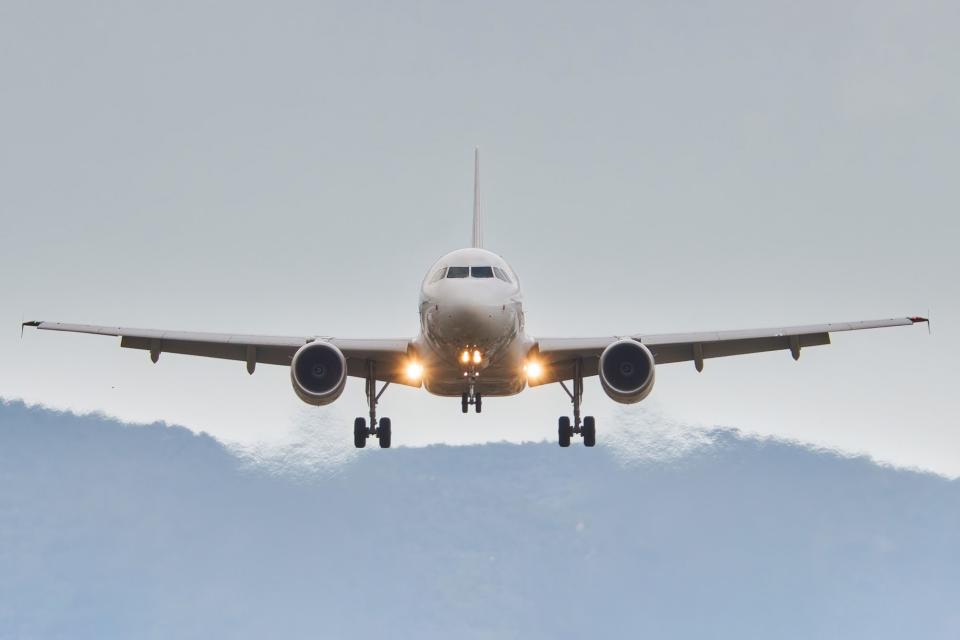Why Airplanes Are Almost Always Painted White
Of course, there are a few notable exceptions (ahem, Southwest and Spirit).

South Jets/Getty Images
If you scan the airfield while waiting for your next flight, you'll probably notice something similar between many of the planes: Most are painted white. Though every airline has a unique livery (that is, the branding on the aircraft's exterior comprising a distinct collection of colors and graphics), most fuselages are painted white, and for good reason.
“Most airplanes are painted white because the color reflects the sunlight, keeping the planes cooler and minimizing heat damage,” former pilot Dan Bubb, now a professor at the University of Nevada, Las Vegas, tells Travel + Leisure.
Related: Where Do Airplanes Go When They Can’t Fly Anymore?
Think about how hot a parked car gets when it's sitting in the sun — the same concept applies for planes. And as anyone who lives in a warm climate can tell you, darker cars get much hotter than lighter ones.
Given the size of planes, it takes much more energy to cool them down than it does a car. No one wants to spend an hour sitting in an oven during boarding. Plus, planes are subject to more intense solar radiation at cruising altitude, and the white paint can help reflect it.
Related: Why You Should Think Twice Before Turning Off Your Air Vent in Flight
Interestingly, planes weren't always painted white. In the earlier part of aviation history, many planes were not painted at all, showcasing their polished aluminum bodies, but trends began to change in the 1970s.
"Since Air France introduced the first 'Euro-white' livery in 1976, the all-white fuselage look has become increasingly standard for the world's airlines," aviation historian Shea Oakley tells T+L. "This has only accelerated in the 21st century, with the vastly increased use of composites in airliner construction." Composites, sadly, don't have that sleek metal look. American Airlines was one of the few holdouts, keeping its polished, bare metal livery through 2013, though it, too, now has painted planes.
All that said, planes don't need to be white, and some airlines do choose various color schemes for their aircraft bodies — think of Southwest's blue and Spirit's yellow, for instance. Some airlines also paint individual planes with special liveries, such as Air New Zealand's special all-black plane.
But there is one notable exception. "On Concorde, the effects of the sun, combined with the heat generated by aerodynamic friction at Mach 2, led the airplane's designers to specify a very reflective overall white scheme to help reduce that heat," says Oakley.
Only one was ever painted a different color. As part of a marketing deal with Pepsi, an Air France Concorde was painted in Pepsi blue in 1996. "The Pepsi Air France Concorde looked nice in blue, but 1,350-mile-per-hour flights had to be restricted to no more than 20 minutes," says Oakley. "The airplane only stayed in that color for two weeks."
For more Travel & Leisure news, make sure to sign up for our newsletter!
Read the original article on Travel & Leisure.

